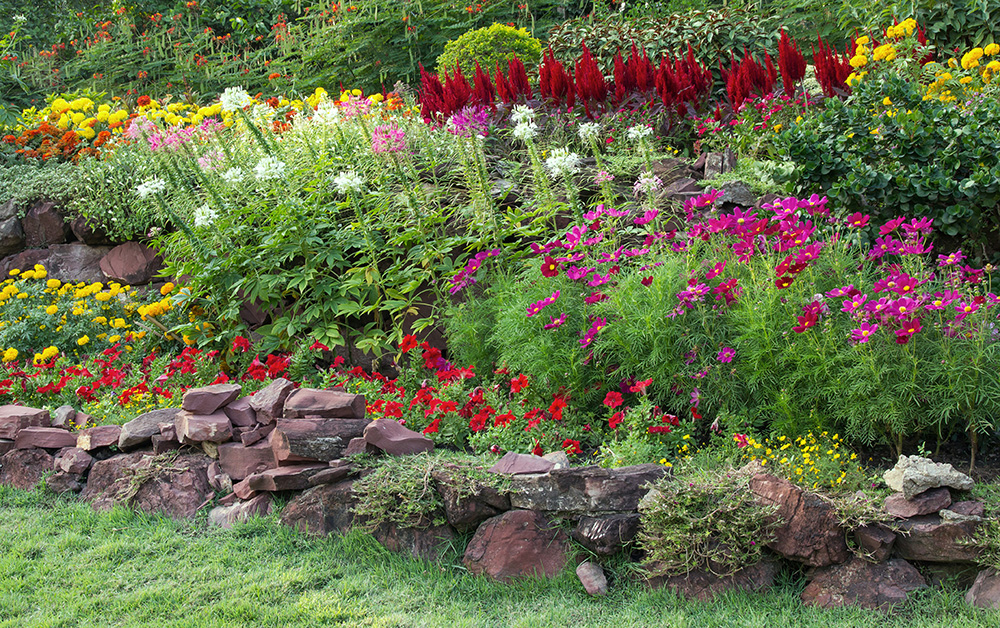Outdoor Plants
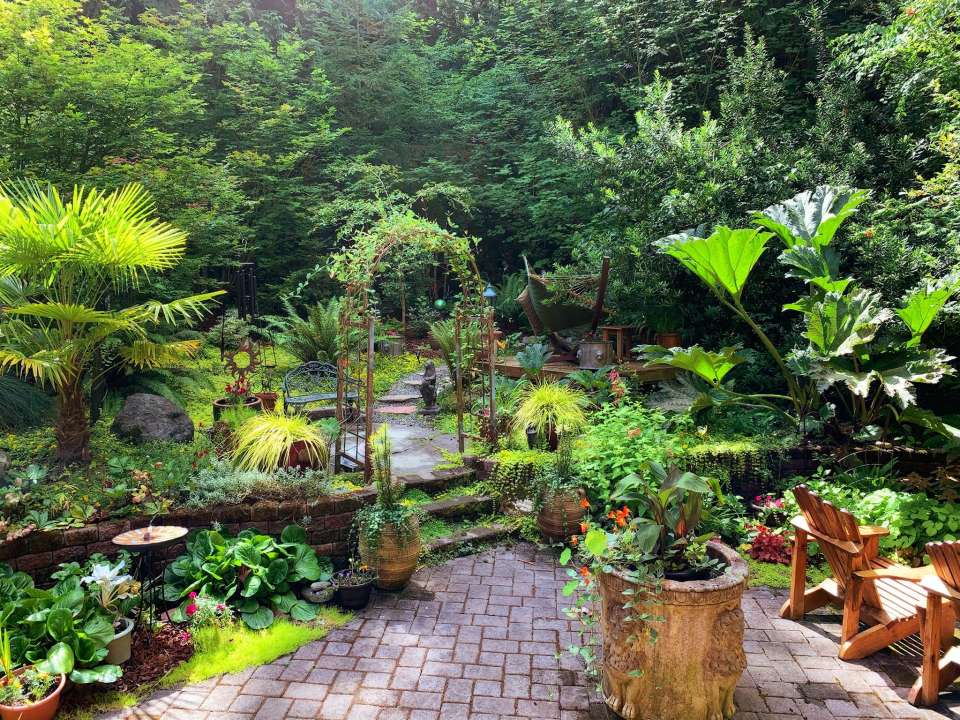 If you're looking to build your outdoor oasis, there are many ways of finding plants for your perfect garden paradise.
If you're looking to build your outdoor oasis, there are many ways of finding plants for your perfect garden paradise.
This section of Outdoor Plants FAQs answers just some of the common questions Boma customers ask when looking for plants for outdoor spaces.
The Boma Outdoor Plants webshop section offers Outdoor Plant Bundles– offering great deals in getting started, Gardening Gifts– the best way to win friends, Outdoor Plants By Type– a superb way of organising plants for all gardeners, Plants for All Seasons, so you know what to plan for all year.
There's a dedicated section on Grow Your Own, which is trending, especially for those trying to save and know what's in their dinner.
David Austin Roses is a mainstay for garden owners globally and a must.
Lastly, Outdoor Plants A-Z for those that can't find want they want but know it begins with a particular letter.
What outdoor plants types are there?
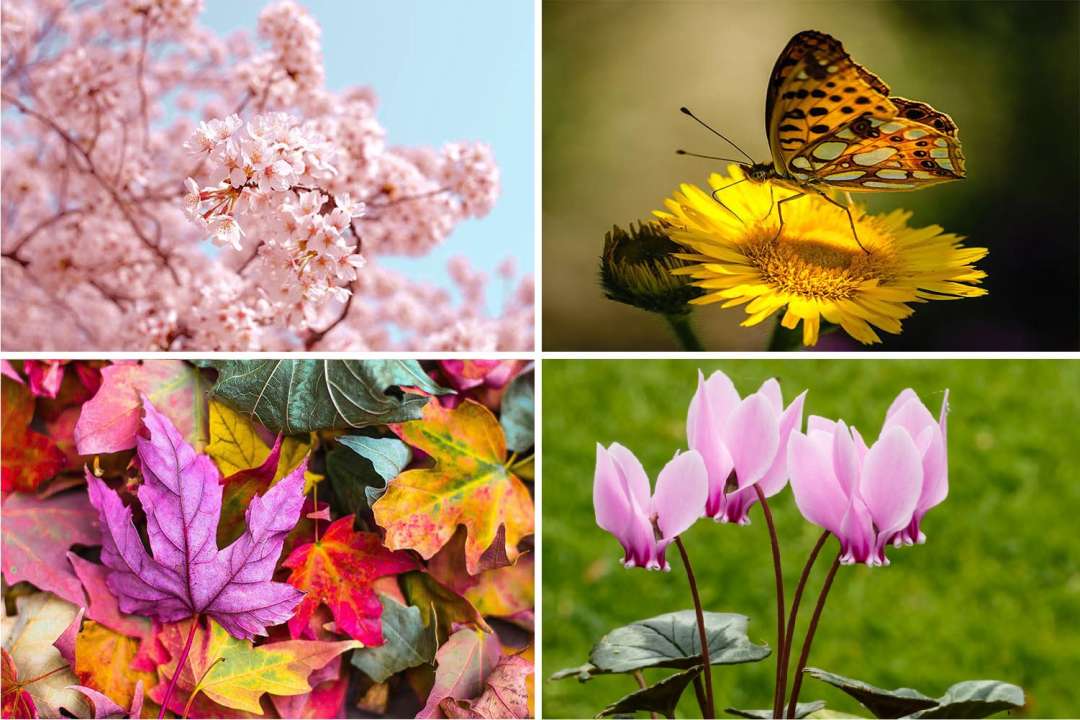 As specialists in outdoor plants, Boma stocks many types of plants for gardens and garden pots & planters. The garden centre in Kentish Town offers a massive range, also available online. There are plants for different seasons and others that thrive throughout the year.
As specialists in outdoor plants, Boma stocks many types of plants for gardens and garden pots & planters. The garden centre in Kentish Town offers a massive range, also available online. There are plants for different seasons and others that thrive throughout the year.
Boma's outdoor plants include Perennials, Bedding plants, Garden shrubs, Evergreen plants, Roses, Climber plants, Herb Plants, Ferns, Ground Cover Plants, Grasses, Olive Trees, Bay Trees, Bamboos, Palm Trees, Garden Trees, Topiary, and Alpines.
Where to buy outdoor plants online?
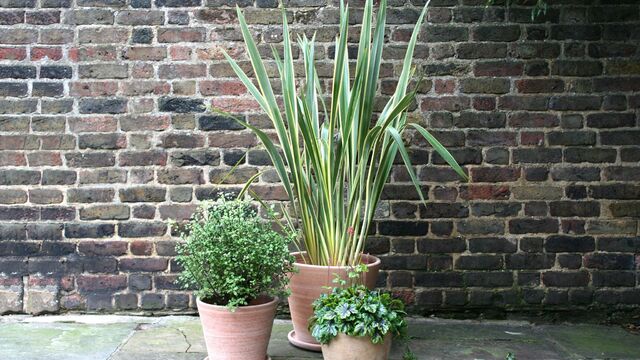 Boma garden centre specialises in outdoor plants with a comprehensive stock that ships nationwide all over the UK (except Northern Ireland). This is in contrast to other garden centres focusing on furniture and BBQs.
Boma garden centre specialises in outdoor plants with a comprehensive stock that ships nationwide all over the UK (except Northern Ireland). This is in contrast to other garden centres focusing on furniture and BBQs.
The garden centre in Kentish Town, London, offers gardening advice and tips to build your dream oasis.
It's the best of both worlds, a team of horticulture professionals that offer outdoor plants online to the UK throughout the year.
Where to buy outdoor plants near me?
You'll find Boma Garden Centre in Islip Street, Kentish town, London. Map Location→
Boma's plant lovers' community extends throughout North London, with local delivery to Belsize park, Camden Town, Chalk Farm, Crouch End, Dartmouth Park, Hampstead, Hampstead Garden Suburb, Highgate, Kentish Town, Muswell Hill, Primrose Hill, St.John's Wood, Archway, Finchley, Golders Green, Tuffnel Park, Hilldrop Estate & Islington.
Boma's webshop also delivers nationwide throughout the UK, with free nationwide delivery for orders £50+. (Excluding N.Ireland and Local Delivery Only Products)
What outdoor plants don't need sunlight?
 Boma has a dedicated area for shade-loving plants at the rear of the garden centre. Our extensive range of seasonal shade-loving plants includes:
Boma has a dedicated area for shade-loving plants at the rear of the garden centre. Our extensive range of seasonal shade-loving plants includes:
Asplenium Fern, Dryopteris Fern. Blechnum spicant Fern, Polystichum Fern, Athyrium Fern, Dryopteris Fern, Hosta, Camellia, Hydrangea, Helleborus, Liriope, Muscari and Pachysandra terminalis and many more.
No plants will survive without any sunlight, but the suggested list will cope with significantly reduced hours of light and still flourish in the garden.
When to water outdoor plants?
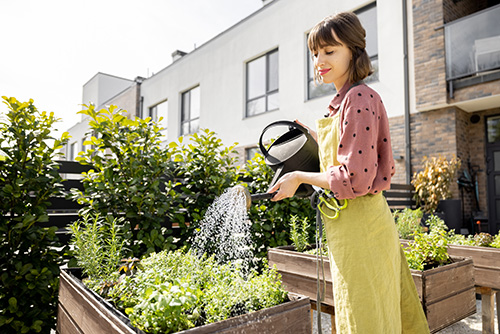 Always check the soil and see if it feels wet or dry. If it feels dry, add water to the base of the plant. Look for signs the plant is struggling for water but note these signs also relate to plants being overwatered.
Always check the soil and see if it feels wet or dry. If it feels dry, add water to the base of the plant. Look for signs the plant is struggling for water but note these signs also relate to plants being overwatered.
Dropping foliage can result from overwatering and underwatering. Water plants in the early morning or the evening when the risks of foliage becoming scorched by the sun are less risky, and the plant loses less water to transpiration.
When to fertilise outdoor plants?
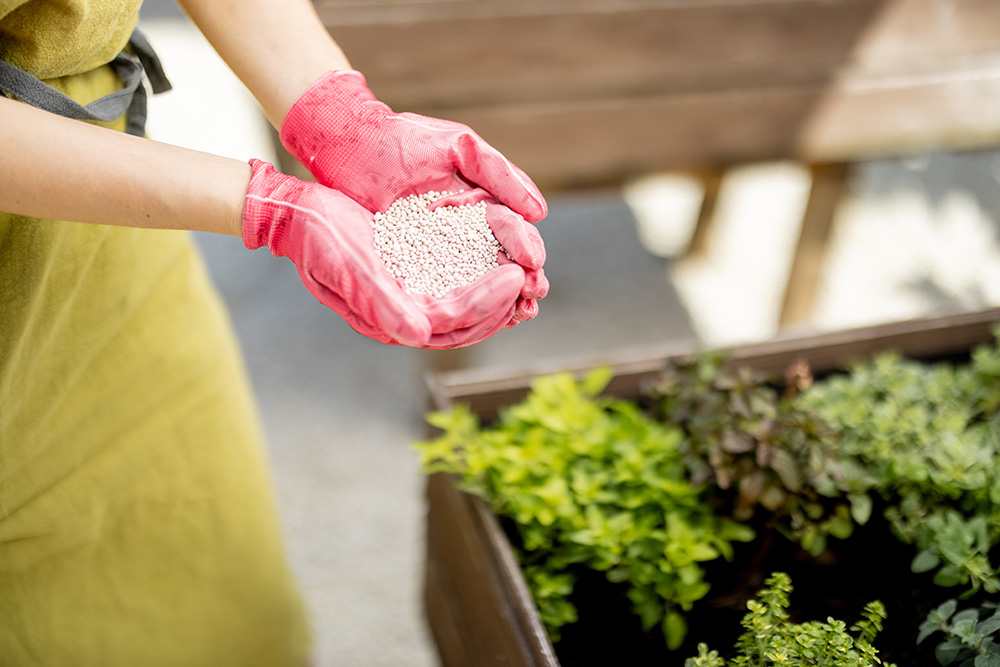
When to fertilise plants depends significantly on the plant type.
Perennials in summer love Maxicrop Seaweed feed once every two weeks
Shrubs in spring with a ground fertiliser such as Vitax Q4 Plant Food
Bedding plants in late spring until autumn weekly with a Miracle-Gro Purpose Soluble Plant Food
Olive trees feed in late spring with Olive Tree Focus Liquid Feed for healthy new growth
For Climbing plants such as Clematis, Boma suggests Vitax Clematis Pellet Feed that should be applied to the base of the plant in late spring to aid healthy blooms
For herbs, we have Herb Focus liquid feed that can be used once every two weeks mixed in a watering can.
When to prune outdoor plants?
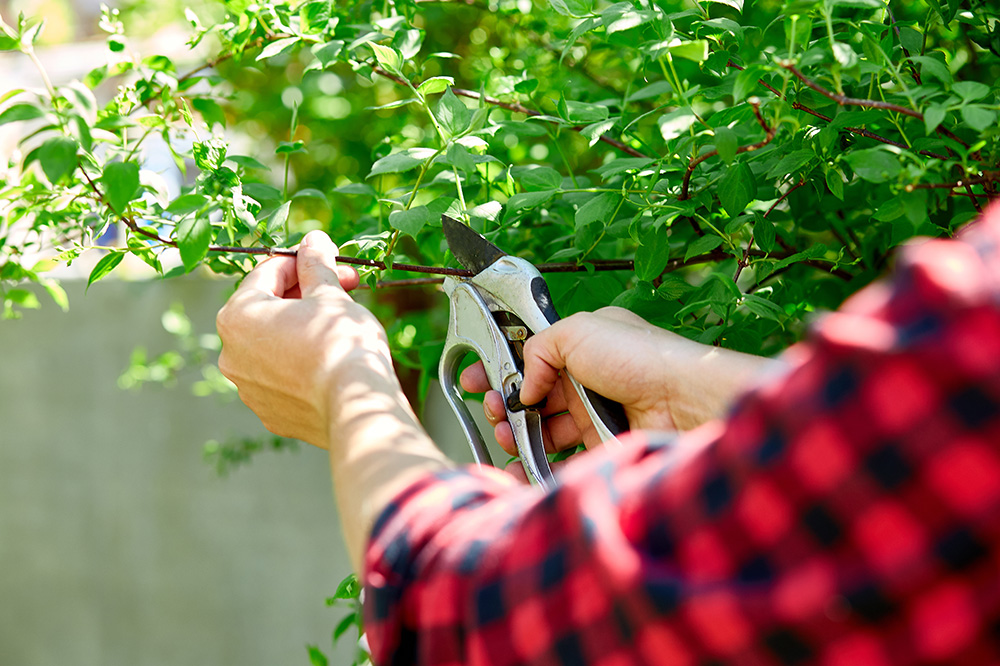 Pruning depends on the plant type, but as a general rule:
Pruning depends on the plant type, but as a general rule:
- Perennials – October/ November cut back to ground level as the plant dies for winter rest.
- Roses - Dead Heading throughout summer when in bloom. Cutback hard in November to reduce wind rock on the rose’s rootstock. Hard prune in January.
- Grasses – Personal preference you can cut back in November, but the ornamental dried heads of most grasses add a magic feel to the garden in autumn, so pruning down to the ground level in February is preferred, but most gardeners.
- Evergreen Plants – As a general rule, always prune evergreens after flowering.
- Deciduous Garden Shrubs and trees- Prune in late autumn when the plant is dormant.
- Wisteria – Two prunes a year, one in January and one after flowering in July
- Fruit trees – Any time between November to the end of January. Removing upright water shoots and cutting back growth to create a concave shape. Tip pruning of current seasons growth in late summer can encourage the development of fruiting spurs
As a general rule to all pruning, always try to cut out: CROSSING, CONGESTED, DEAD, DISEASED, DYING and Weak growth and stems.
When to repot outdoor plants?
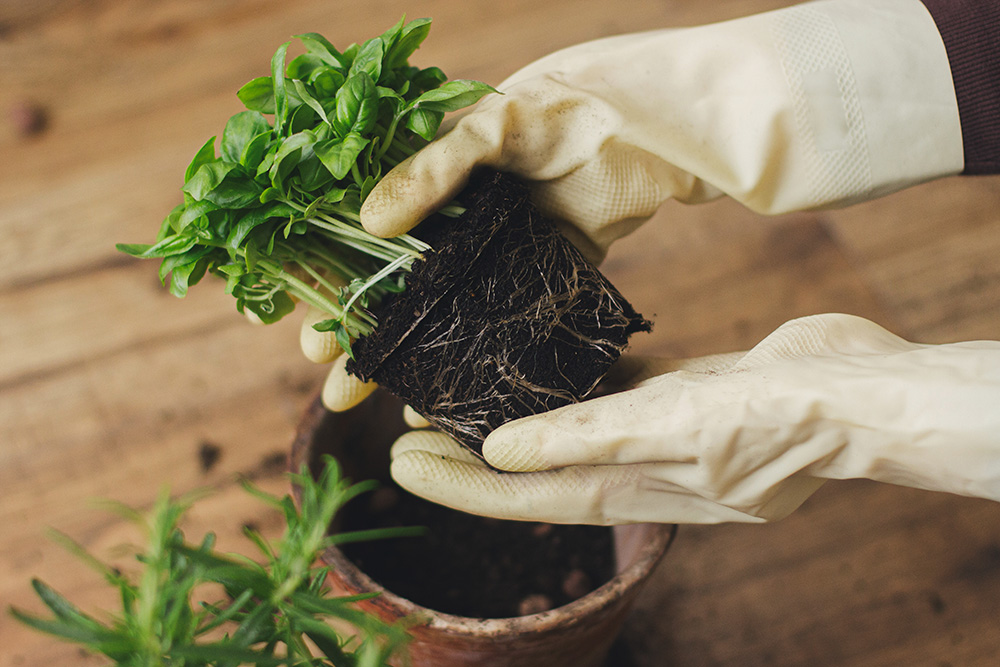
Here are some pro tips on when to repot your plants.
- Look for signs the plant is unhappy such as yellowing foliage, lack of flowers, roots protruding from the bottom of the plant pot, and the plant drying out quicker than usual.
- Try to ensure new pots have adequate drainage. Place some broken ceramic, terracotta or pebbles over and around the drainage hole to prevent the compost from clogging the hole, allowing excess water to drain through. Then add the compost on top.
- A good way to ensure better drainage is to add 1/3 Perlite to the compost mix. It also helps with nutrient retention.
- Go for the next size up, as too much-wet soil around a plant’s root ball in a pot can cause root rot from over-watering.
- The root system should always be in balance with the amount of foliage.
What outdoor plants are poisonous to dogs?
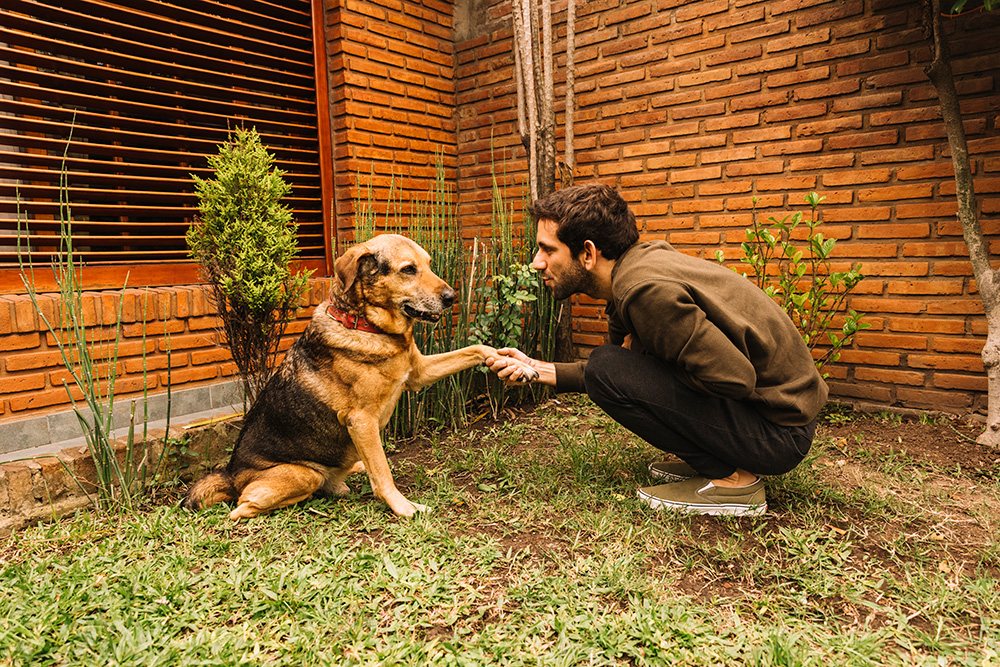
Plants that are poisonous to dogs include but are not limited to :
- Autumn crocus (Colchicum autumnale)
- Azalea/rhododendrons (Rhododendron species)
- Bluebells (Hyacinthoides species)
- Cotoneaster (Cotoneaster species)
- Crocuses (Crocus species)
- Daffodils (Narcissus species)
- Dumbcane (Diffenbachia species)
- Foxgloves (Digitalis species)
- Garden star-of-Bethlehem (Ornithogalum umbellatum)
- Grape vine fruits (Vitis vinifera)
- Giant hogweed (Heracleum mantegazzianum)
- Holly (Ilex aquifolium)
- Horse chestnut (Aesculus hippocastanum) – look out for conkers in autumn that can cause problems such as gut blockages
- Hyaciniths (Hyacinthus orientalis)
- Ivy (Hedera helix)
- Laburnum (Laburnum anagyroides)
- Lily of the valley (Convallaria majalis)
- Mistletoe (viscum Album)
- Onion and garlic plants (Allium species)
- Oak (Quercus species) – look out for acorns in autumn that can cause problems such as gut blockages
- Oleander (Nerium oleander)
- Potato plants (Solanum tuberosum)
- Pieris plants (Pieris species)
- Rowan (Sorbus aucuparia)
- Rhubarb plants (Rheum species)
- Tulips (Tulipa species)
- Yew (Taxus species)
Can outdoor plants live indoors?
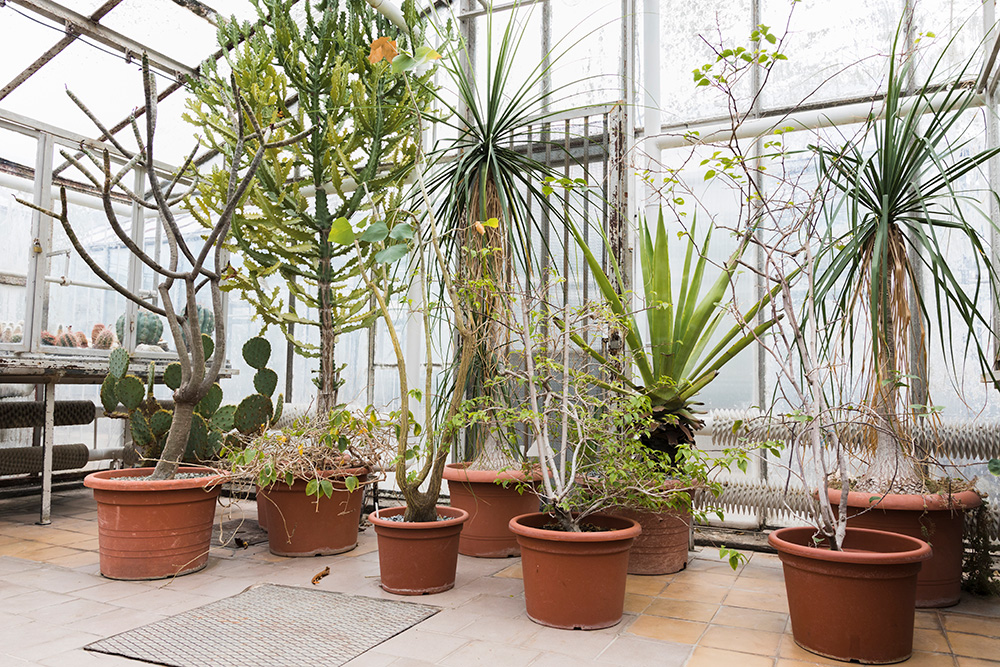 As a general rule, placing any outdoor hardy plants indoors can cause your plants problems. Central heating that generates high temperatures and dry air can harm plants. Unless your living space has abundant light, the light conditions are insufficient for many outdoor plants. Ventilation is a big issue as pests and diseases multiply in a warm environment. The lack of sunlight will result in yellow or the dropping of plant foliage.
As a general rule, placing any outdoor hardy plants indoors can cause your plants problems. Central heating that generates high temperatures and dry air can harm plants. Unless your living space has abundant light, the light conditions are insufficient for many outdoor plants. Ventilation is a big issue as pests and diseases multiply in a warm environment. The lack of sunlight will result in yellow or the dropping of plant foliage.
However, with controlled conditions in a conservatory with the right light conditions, humidity, temperature and ventilation, you can bring outdoor plants into a sheltered environment.
Why are garden plants turning yellow?
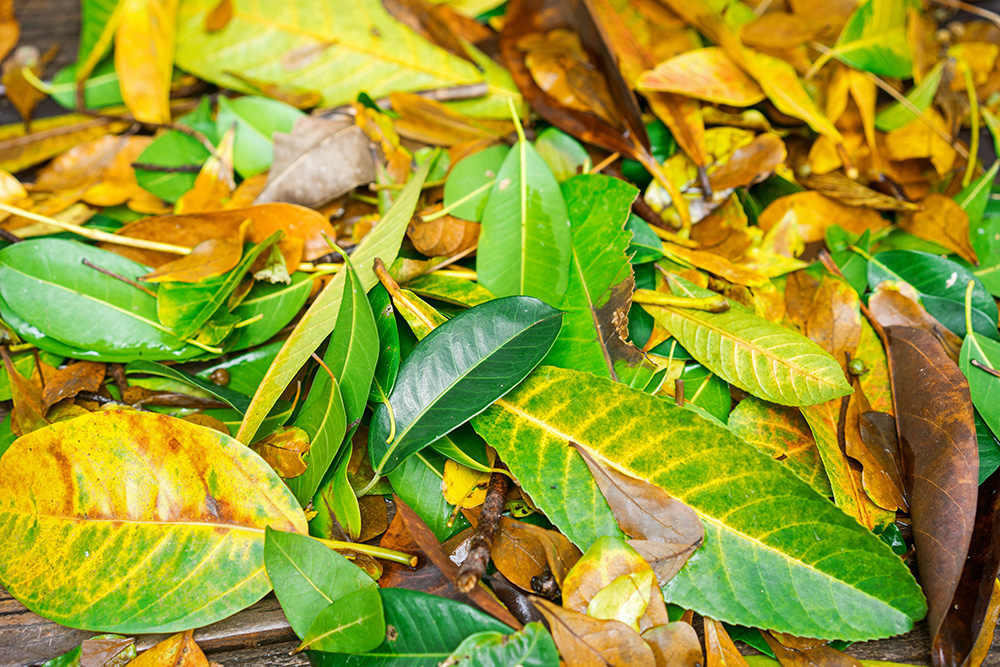 The two top factors that cause yellowing foliage in plants are lack of feeding the plant has received and poor drainage. A good Feed to use for yellowing Foliage Is Maxicrop Seaweed Extract Feed or any garden feed that is High in Nitrogen.
The two top factors that cause yellowing foliage in plants are lack of feeding the plant has received and poor drainage. A good Feed to use for yellowing Foliage Is Maxicrop Seaweed Extract Feed or any garden feed that is High in Nitrogen.
Always check drainage holes in containers and place grit at the bottom of the pots to help with added drainage. Good healthy plants start with healthy soil, so be sure to make sure the soil is adequately prepared before planting. Add organic matter to improve soil structure and nutrient levels, and grit will improve drainage. Ensure the soil is turned to open up the soil and improve drainage.
What are the best outdoor Spring plants?
Sprin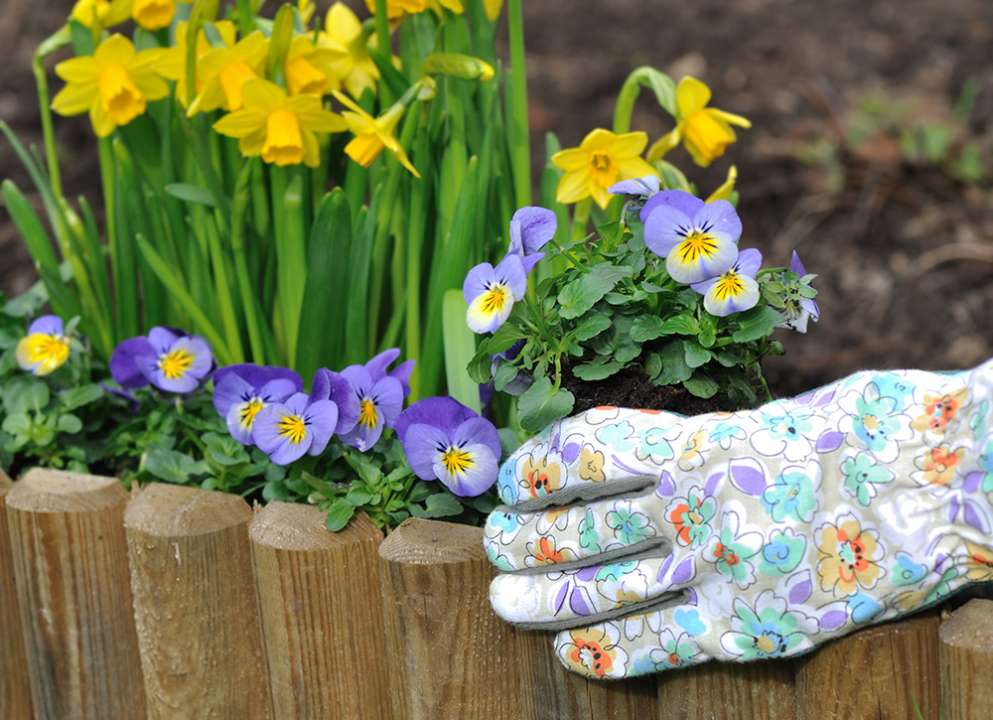 g is the most wonderful time of the year, and there's a range of outdoor Spring plants that can be found in the plant area at the Boma.
g is the most wonderful time of the year, and there's a range of outdoor Spring plants that can be found in the plant area at the Boma.
These include:
Spring bulbs, perennials and garden shrubs including Tulips, Forget me Knots, Primroses, Pansies, Violas, Forsythia, Daphne, Dicentra, Bergenia, Anemone blanda, Euphorbia, Pulmonaria, Helleborus, Brunnera, Clematis armandii and Herbs to name a few.
What are the best outdoor Summer plants?
Gorgeous Summer Plants offer the most nostalgia of happy days and are among Boma's favourites.
The Garden Centre in Kentish Town stocks:
- Bedding plants – Petunia, Lobelia, Cosmos, Bizzie Lizzies, Antirrhinums, Fuchsias, Surfinias.
- Climbing plants – Clematis, Lonicera, Campsis
- Flowering Perennial plants – Brunnera, Heuchera, Iris, Lupin, Delphinium, Digitalis, Geum, Phlox
- David Austin Roses
Many of these are deliverable throughout the UK and can be ordered at Boma online.
What are the best outdoor Autumn plants?
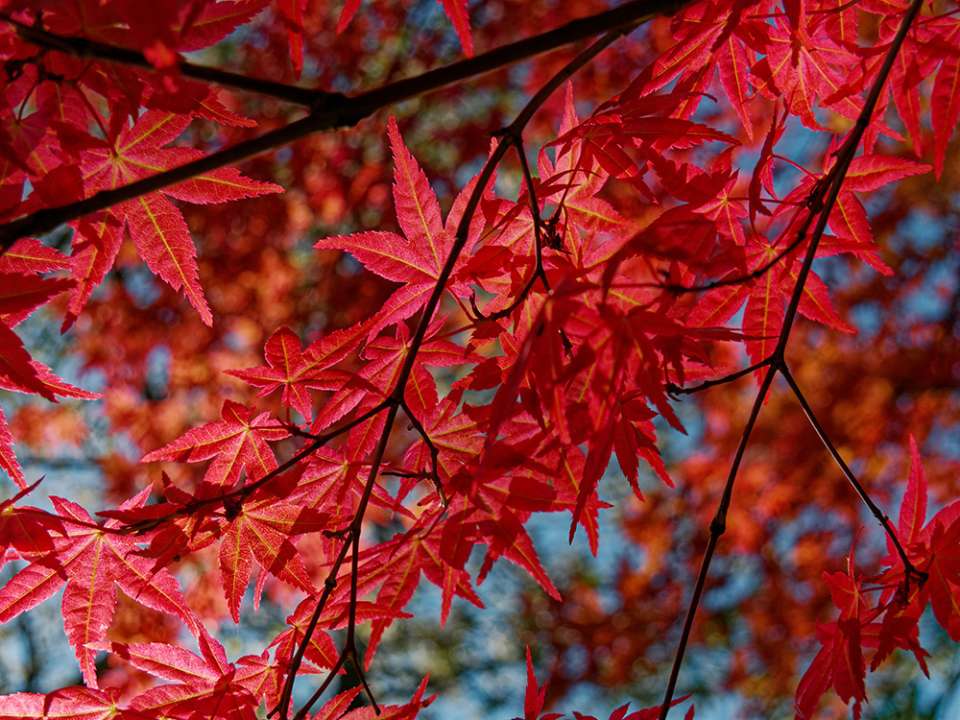
Probably the most glorious colours of all, the waning summer days birthing splashes of yellows oranges, deep auburn and red. Autumn plants, in their full splendour, give birth to a lifetime of fond memories and wonder. Never a dull moment at Boma; the garden centre is awash with superb autumn plants.
What outdoor plants survive winter?
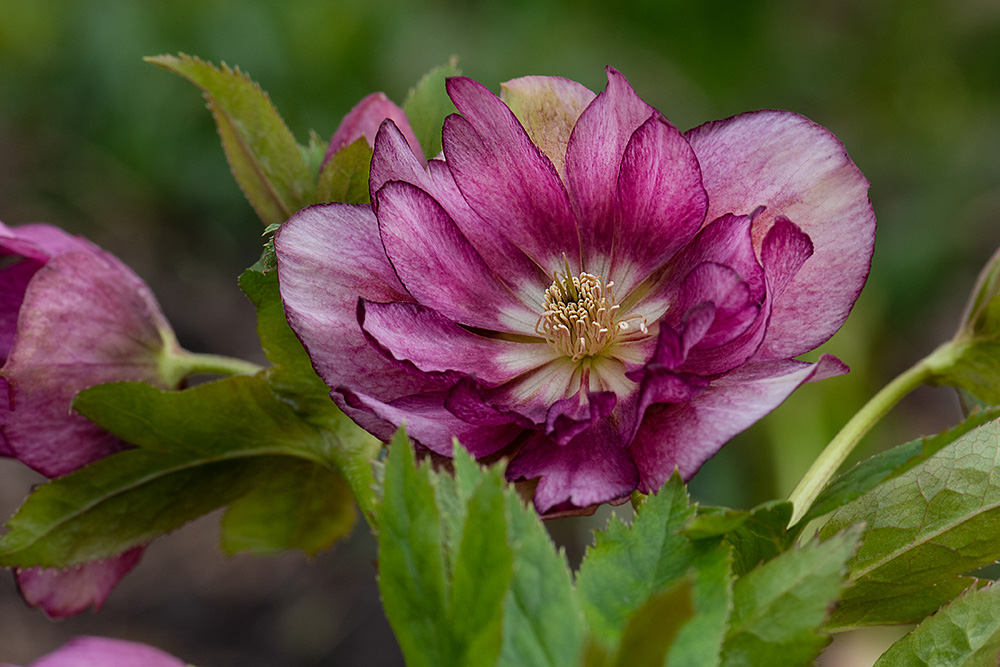
All plants found outside at the Boma, apart from bedding plants, are hardy plants that will return year after year to the garden.
The outdoor plant types that survive the winter are Herbaceous perennials, Evergreen Shrubs, Climbing plants, Garden shrubs. Roses, Ferns , Topiary, Ground cover plants and Olive Trees, Palm Trees and Acer trees.




